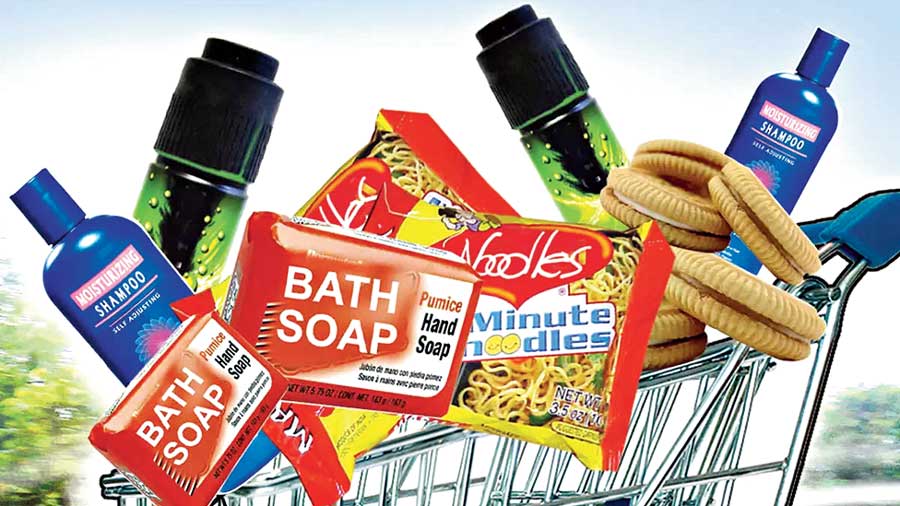FMCG companies are expecting a revival in their margins, battered by high raw material prices, the slowdown in rural consumption and the Omicron wave.
Margins got impacted during the first and second quarters of this fiscal because of rising input costs.
That is expected to continue even during the October-December period when the prices of commodities such as tea, palm oil, and crude oil remained firm.
Analysts at Edelweiss Securities said in a note that consumer companies will get back on track next fiscal year on the back of price hikes to combat inflation.
“At a broader level, we also expect urban demand to strengthen. That input costs have started to cool off should also assist in reviving household revenue streams. Rural per capita consumption is one-third of urban hence we don’t believe there is any structural problem for volume revival in 2020-23 as the FMCG sector is typically a strong beneficiary of government support, particularly with the Union budget round the corner,’’ they said.
Prices of some of the raw materials such as tea and palm oil have started to cool off and this could support margins in the future.
The brokerage said global supply system is also expected to gear up to meet the rising demand-that could moderate prices further.
Q2 trends
Data from research firm Kantar, which tracks household consumption trends across urban and rural areas, has shown that for the three months ended September 30, 2021, consumers are opting for lower-priced packs or unbranded products because of broad-based inflation.
This has been witnessed in categories such as soaps, milk food drinks, edible oils, and home cleaning products — consumers mostly bought either mass segment brands or unbranded products.
This contrasts with the trend seen after March 2020 when consumers shifted to the well-known and bigger national brands.
The report added that consumer wallets are also getting squeezed because an increase in mobility as people slowly return to a pre-Covid lifestyle. This includes higher spending on commuting to offices and schools, holidays and other social gatherings.











